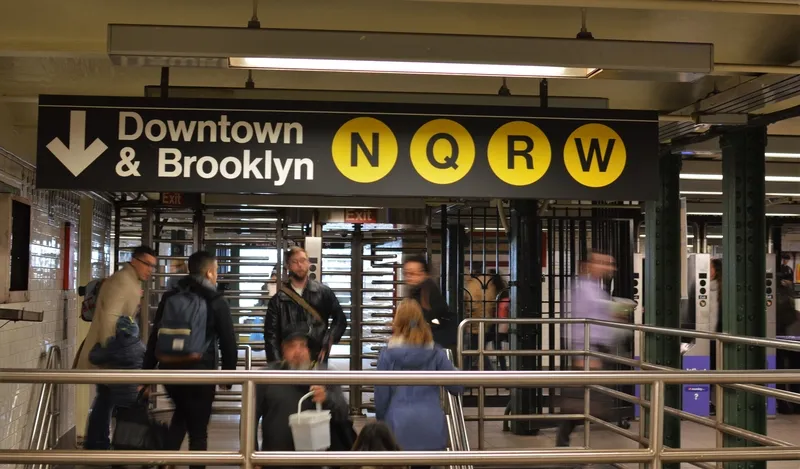Spanish technology company Indra has deployed an advanced communications network for public rail operator Operadora Ferroviaria Sociedad del Estado to provide service for the rail network in Argentina connecting the city of Buenos Aires with urban and suburban towns in its metropolitan area.
The new digital communications system is based on the Tetra standard that enables voice and data transmission using a digital, mobile radio network. The system is for the exclusive use of the Metropolitan Area of Buenos Aires (AMBA) rail network and provides services for the Sarmiento, Mitre, San Martín, Belgrano Sur and Roca lines, with a total of 1.2 million passengers daily, over 250 stations connected to the network and more than 300 communicated trains.
The system also facilitates the permanent localisation of vehicles and operators by geo-referencing signals of the communication terminals with which they are fitted, providing operators with an overview of available resources. It also aids decision-making and responses in the event of incidents and contributes to their investigation.
Indra deploys advanced communications network for Buenos Aires trains
Spanish technology company Indra has deployed an advanced communications network for public rail operator Operadora Ferroviaria Sociedad del Estado to provide service for the rail network in Argentina connecting the city of Buenos Aires with urban and suburban towns in its metropolitan area
May 30, 2017
Read time: 1 min









